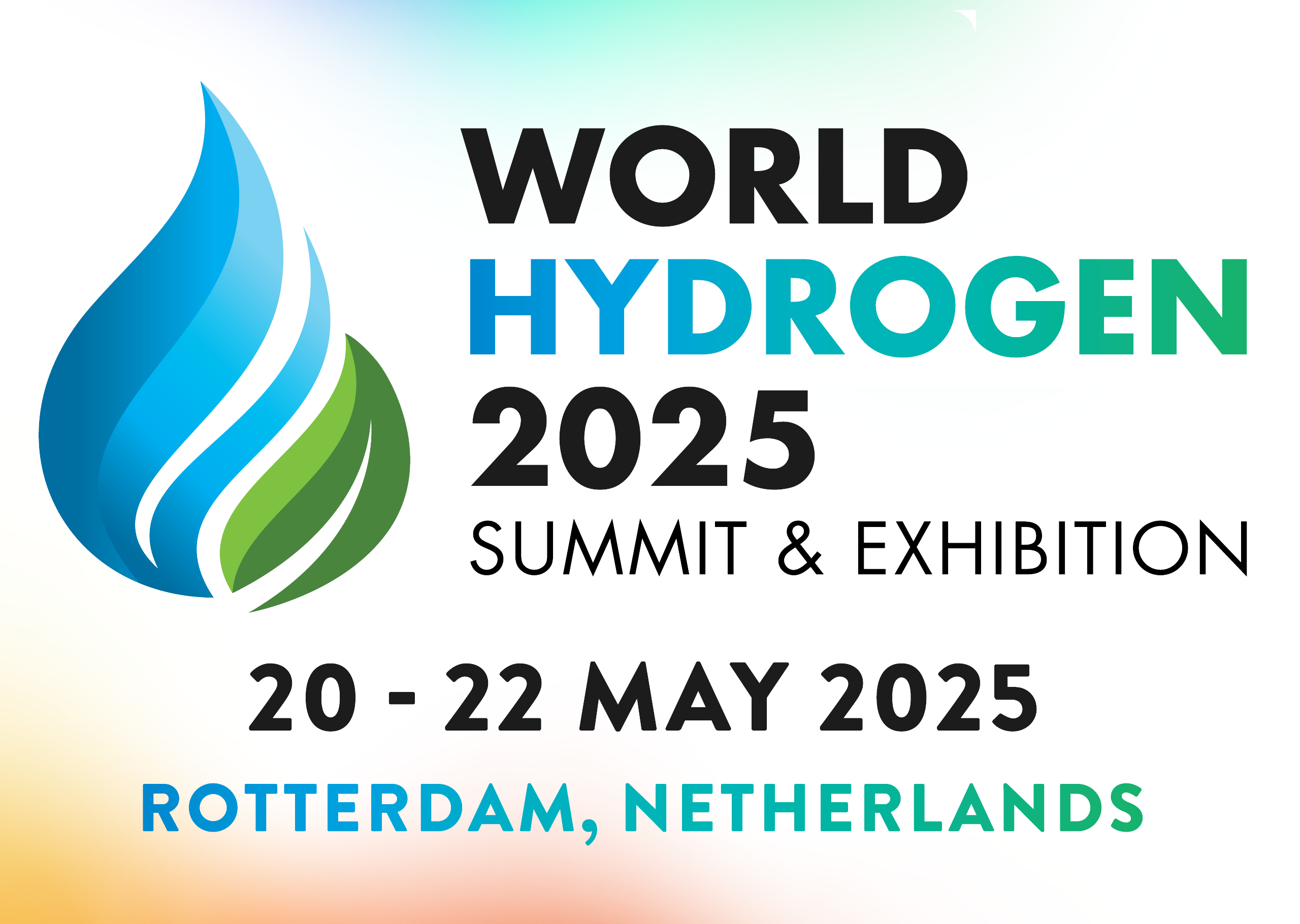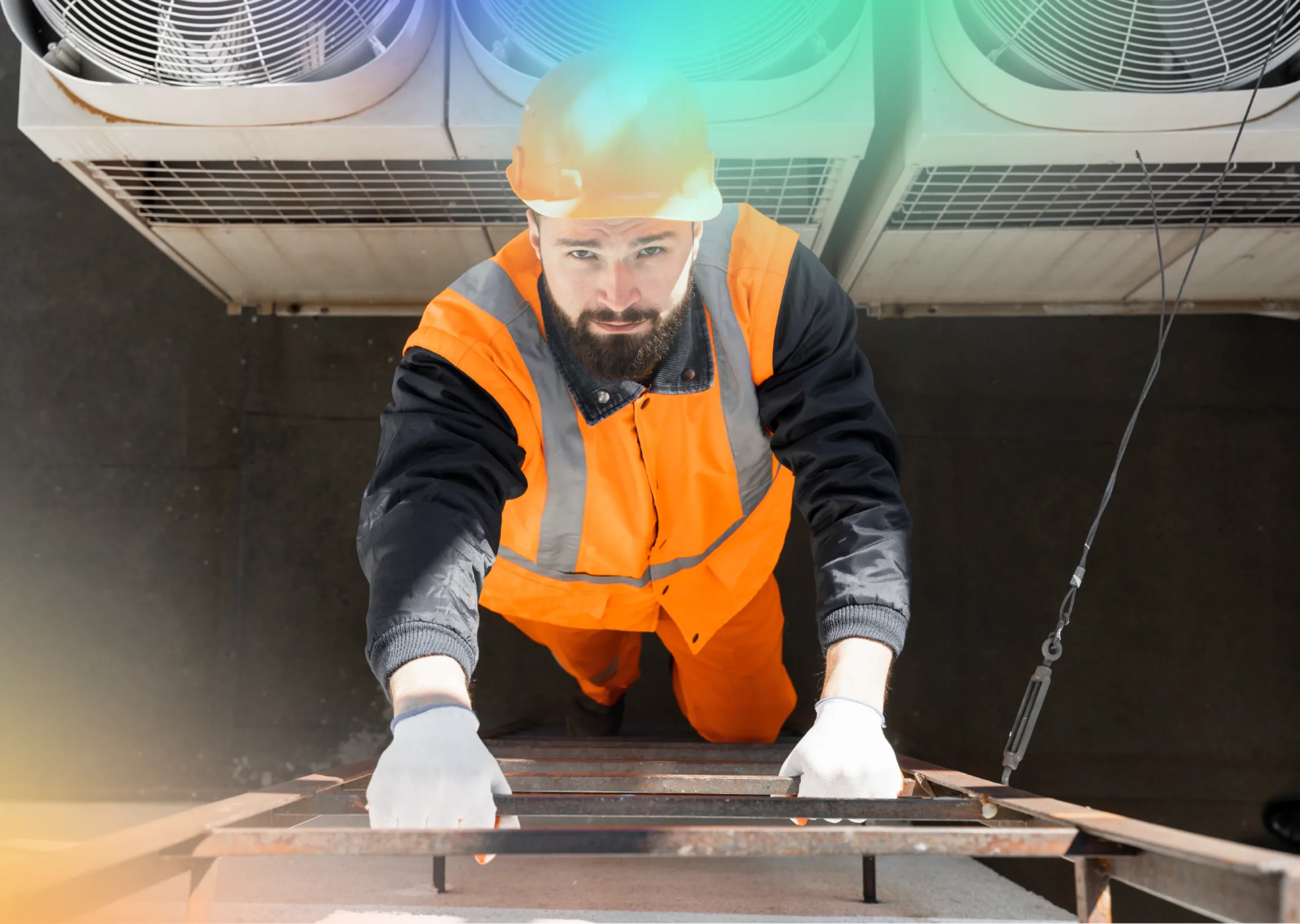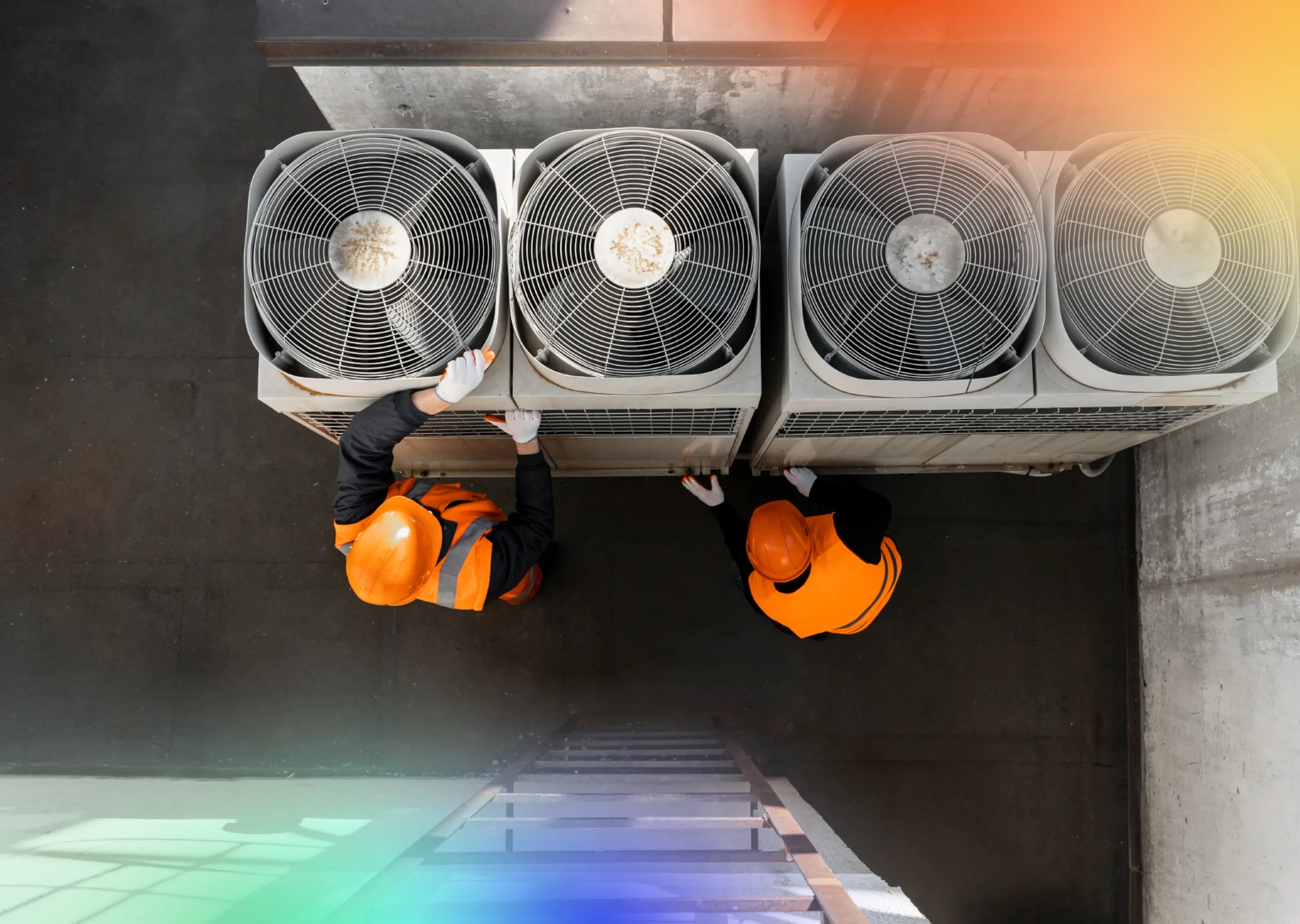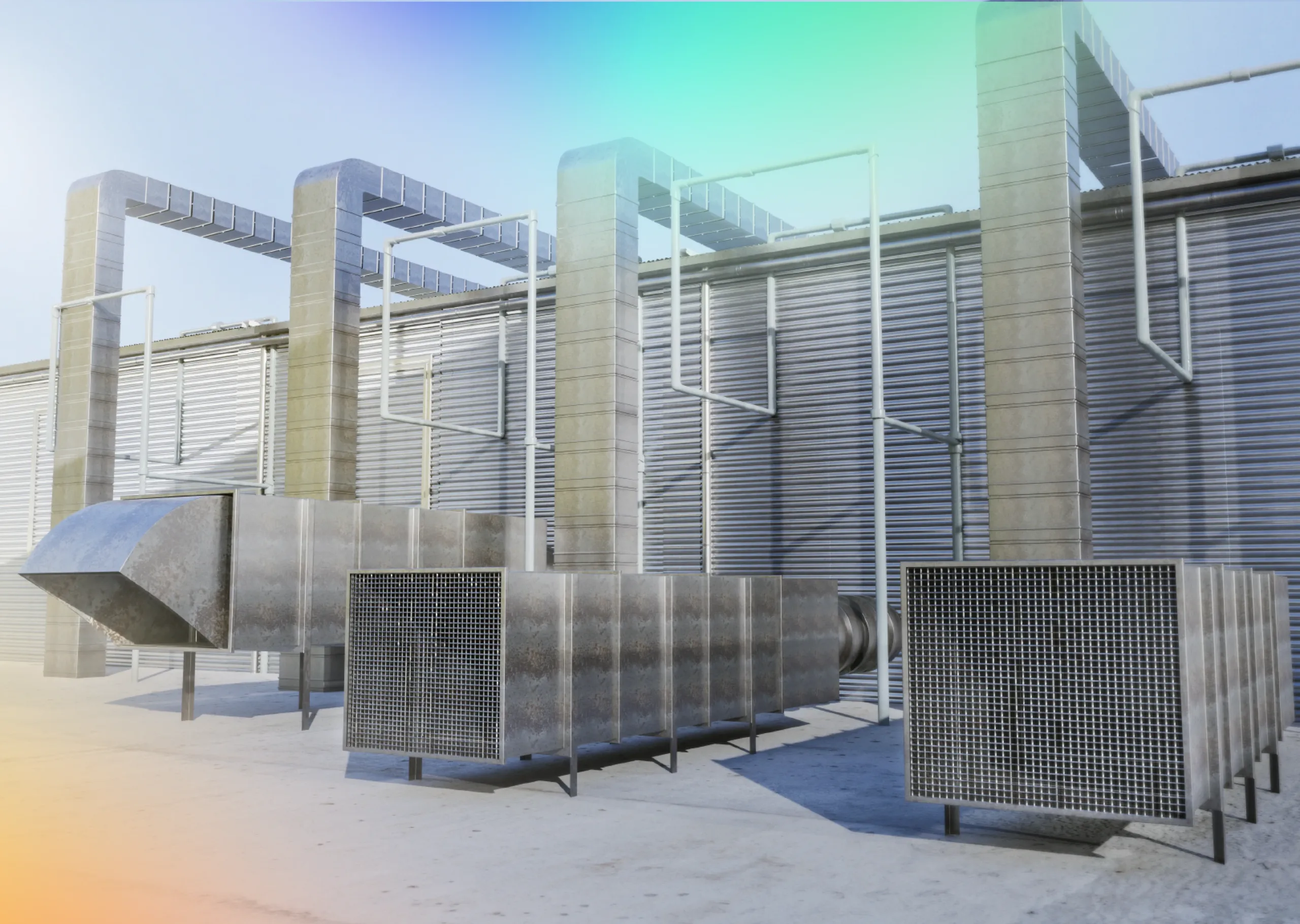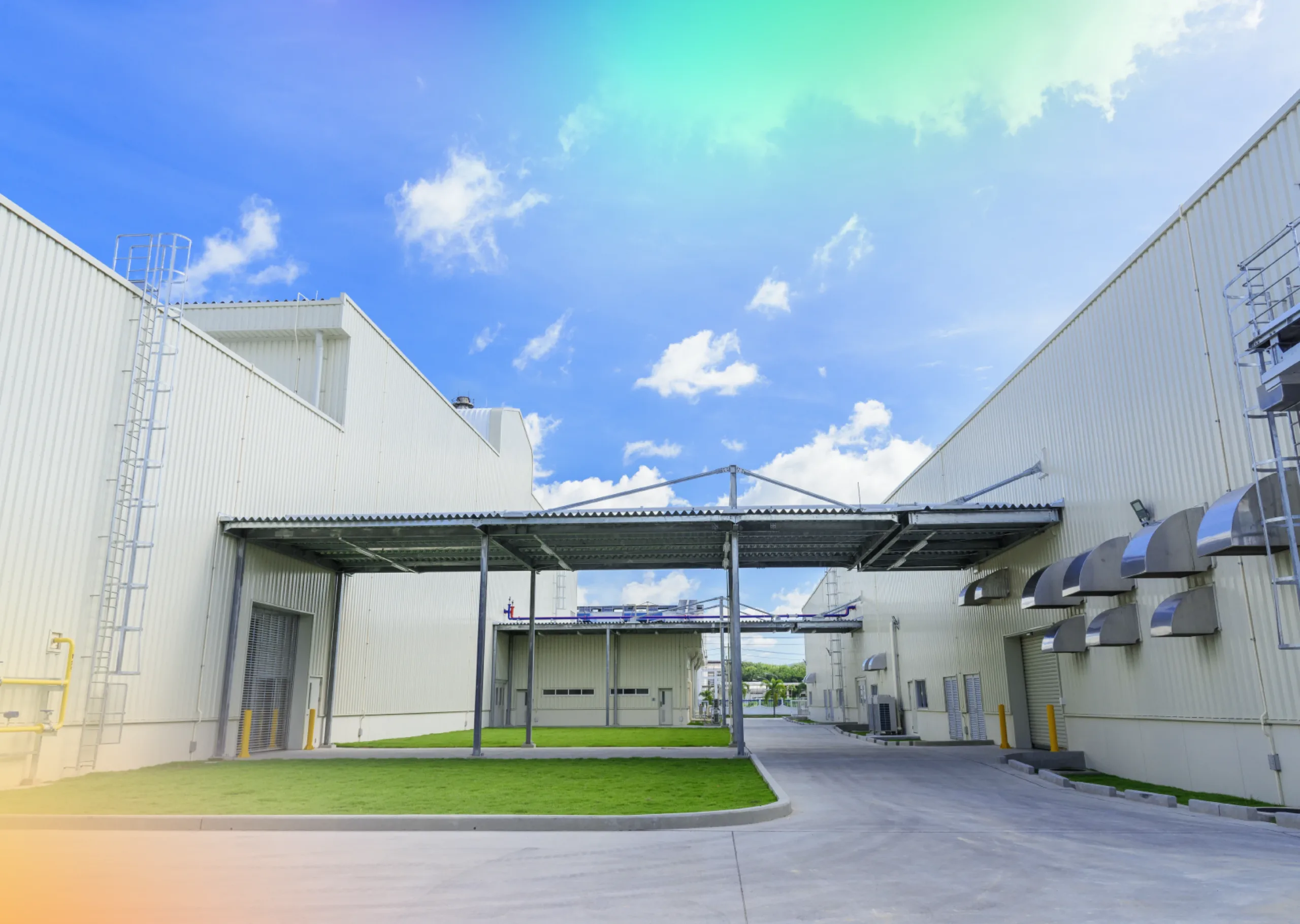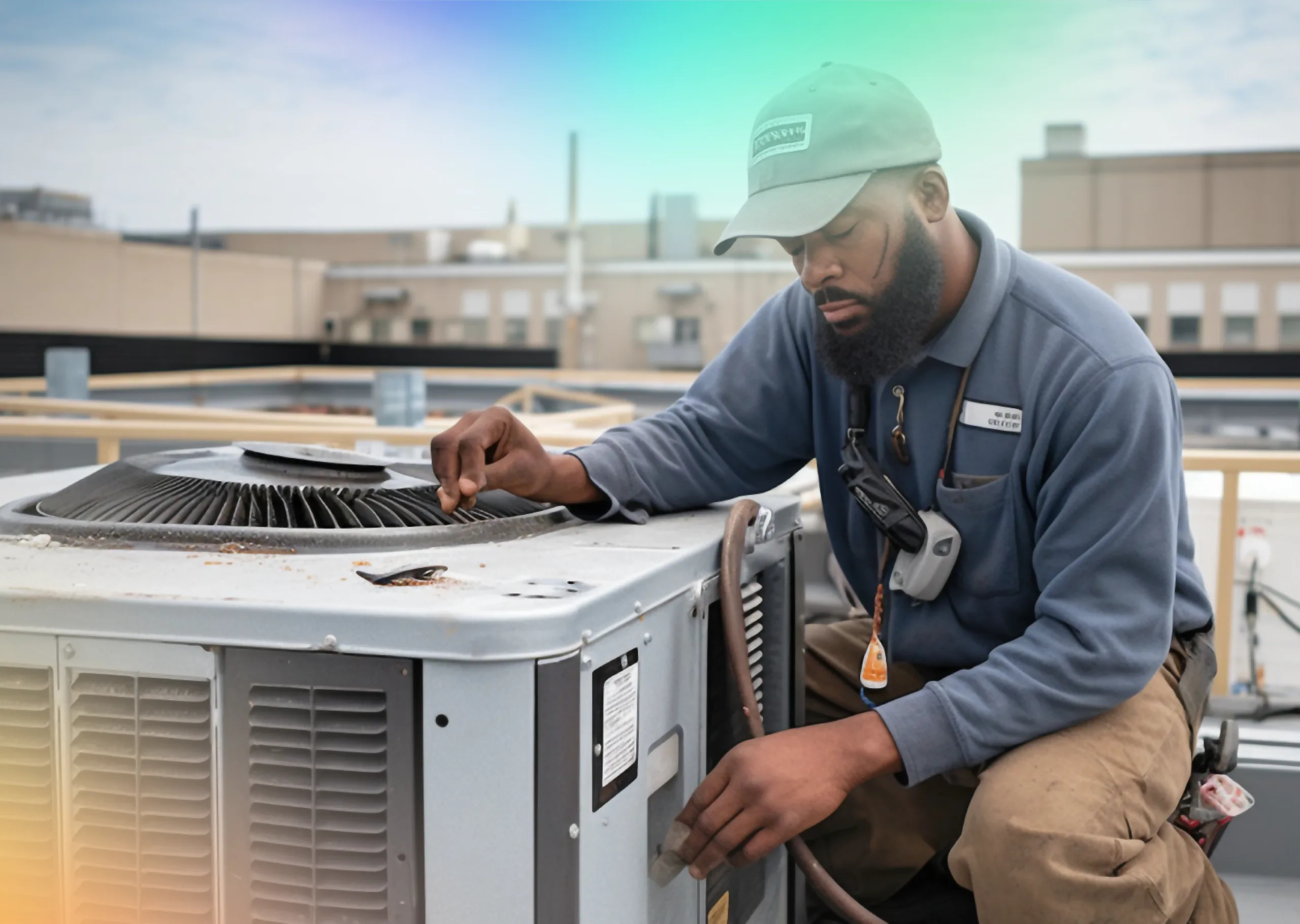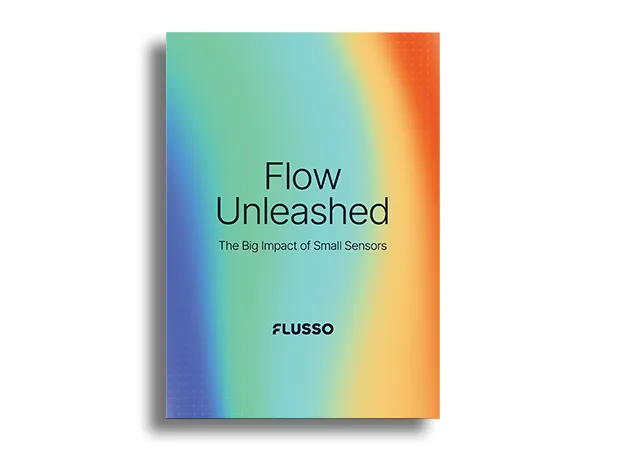Flusso news
Keep up to date with all the latest news from the team at Flusso.
2 May 2025
Visit us at World Hydrogen Summit 2025 for an exclusive first look at our groundbreaking gas sensing platform! See live demos and [...]
2 May 2025
Visit us at World Hydrogen Summit 2025 for an exclusive first look at our groundbreaking gas sensing platform! See live demos and [...]
1 May 2025
Global energy consumption has quadrupled in the last 60 years. The world is undergoing another energy transition. The first one was [...]
1 May 2025
Global energy consumption has quadrupled in the last 60 years. The world is undergoing another energy transition. The first one was [...]
17 March 2025
An energy recovery wheel is a rotary heat exchanger typically deployed in HVAC systems. These devices — sometimes referred to as enthalpy or heat wheels […]
17 March 2025
An energy recovery wheel is a rotary heat exchanger typically deployed in HVAC systems. These devices — sometimes referred to as enthalpy or heat wheels […]
10 March 2025
A heat exchanger is a device that facilitates the transfer of heat from one medium to another. Typically this process is deployed between two fluids […]
10 March 2025
A heat exchanger is a device that facilitates the transfer of heat from one medium to another. Typically this process is deployed between two fluids […]
3 March 2025
The HVAC industry — like every other industry across the globe — is re-evaluating its best practices through the lens of environmental sustainability. HVAC systems […]
3 March 2025
The HVAC industry — like every other industry across the globe — is re-evaluating its best practices through the lens of environmental sustainability. HVAC systems […]
24 February 2025
Data centres as essential modern technology Data centres are the backbone of the digital age, powering the vast networks of information that drive our interconnected […]
24 February 2025
Data centres as essential modern technology Data centres are the backbone of the digital age, powering the vast networks of information that drive our interconnected […]
17 February 2025
Data centres are effectively the backbone for the vast networks of information that drive our interconnected world. They are currently responsible for around 1% of […]
17 February 2025
Data centres are effectively the backbone for the vast networks of information that drive our interconnected world. They are currently responsible for around 1% of […]
10 February 2025
The importance of sensors in HVAC systems Airflow sensors are integral to Heating, Ventilation, and Air Conditioning (HVAC) systems. They are essentially the beating heart […]
10 February 2025
The importance of sensors in HVAC systems Airflow sensors are integral to Heating, Ventilation, and Air Conditioning (HVAC) systems. They are essentially the beating heart […]
3 February 2025
Ventilation in Building Regulations The state-of-play Part F of UK Building Regulations pertains to ventilation and indoor air quality standards. Despite several updates since its […]
3 February 2025
Ventilation in Building Regulations The state-of-play Part F of UK Building Regulations pertains to ventilation and indoor air quality standards. Despite several updates since its […]
16 December 2024
Airflow sensors in medical practice Miniature airflow and air velocity sensors have emerged as indispensable tools in the medical industry, with the power to revolutionise […]
16 December 2024
Airflow sensors in medical practice Miniature airflow and air velocity sensors have emerged as indispensable tools in the medical industry, with the power to revolutionise […]
9 December 2024
The flow sensor market: an introduction Flow sensors are increasingly indispensable devices used across various industries by businesses and manufacturers seeking to accurately measure the […]
9 December 2024
The flow sensor market: an introduction Flow sensors are increasingly indispensable devices used across various industries by businesses and manufacturers seeking to accurately measure the […]
2 December 2024
In an era defined by innovation, the automotive industry sits at the forefront of technological advancement. Motor vehicle usage statistics are staggering; recent data from […]
2 December 2024
In an era defined by innovation, the automotive industry sits at the forefront of technological advancement. Motor vehicle usage statistics are staggering; recent data from […]
25 November 2024
Traditionally a stable industry with incremental innovation, the HVAC space has undergone significant transformations in recent years, driven in equal part by advancing technologies, increased […]
25 November 2024
Traditionally a stable industry with incremental innovation, the HVAC space has undergone significant transformations in recent years, driven in equal part by advancing technologies, increased […]
18 November 2024
Semiconductors are integral to global connectivity, from the devices in our pockets to technological breakthroughs in sustainability across the globe. One article goes as far […]
18 November 2024
Semiconductors are integral to global connectivity, from the devices in our pockets to technological breakthroughs in sustainability across the globe. One article goes as far […]
11 November 2024
What is MEMS sensor technology? First things first: MEMS stands for Microelectromechanical Systems. You can see why it’s universally shortened. MEMS flow sensors are intricate, […]
11 November 2024
What is MEMS sensor technology? First things first: MEMS stands for Microelectromechanical Systems. You can see why it’s universally shortened. MEMS flow sensors are intricate, […]


